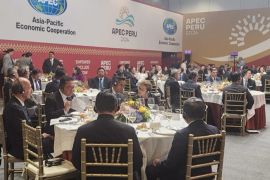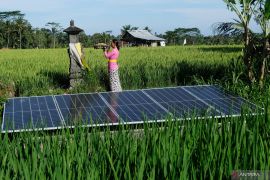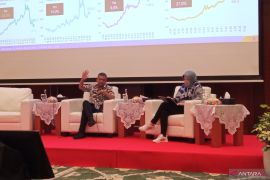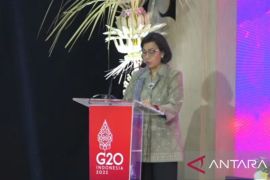"Despite the major economic countries facing difficulties on carbon market, we see the increasing interest and support for new-market-based mechanisms to mitigate climate change in the long run," the World Bank Unit Manager Carbon Finance, Joelle Chassard, said in a press release on Sunday.
According to World Bank reports, the volume of carbon market transactions in 2011 also reached the highest amount of 10.3 billion tons of carbon dioxide equivalent (CO2e).
The report issued by multilateral financial institutions at the Carbon Expo in Cologne in May 2012 illustrates how despite declining prices, the global carbon market increased in 2011.
The biggest carbon market is US$148 billion of EU Allowances (carbon credits used in the EU Emissions Trading Scheme issued by the European Union member states).
There is also an increase in the volume of compensation under the Kyoto Protocol (an increase of 43 percent to 1.8 billion tonnes of CO2e, worth 23 billion U.S. dollars) which is driven by liquidity increasing in the Certified Emissions Reductions (CER) and Emission Reduction Unit (ERU) market.
Compensation and mitigation of emissions under the Kyoto Protocol can be performed in any developing countries that have ratified the protocol and the treaty or national legislation to validation carbon projects in accordance with the approved mechanism UNFCCC United Nations.
The report also said, some domestic carbon market initiative and the new regional increasingly gaining a place in both the developed and developing countries in 2011.
Among other things can be indicated by the emergence of new regulations related rules adopted by several countries like Australia which passed the Clean Energy Act.
In addition, both Mexico and South Korea also have spawned a comprehensive climate legislation that underlies the market-based mechanism of carbon in the future.(*)
Editor: Aditia Maruli Radja
Copyright © ANTARA 2012











